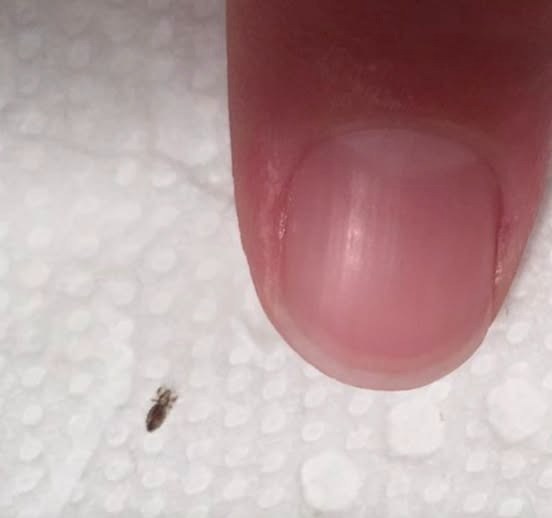”Wife found this in our toddler’s hair. Anything we should worry about? He goes to daycare 3 times a week.😳
Head lice are a dreaded issue for many families, especially when children return to school after summer break. Lice spread quickly through close contact, and once one child is infected, the whole household can be at risk.
Contrary to popular belief, lice don’t jump or fly—they move by crawling from hair to hair. Brushes and hats pose minimal risk since lice that fall out of hair are often too weak to survive.
Symptoms, such as intense itching, may take 4–6 weeks to appear. Lice are 1–3 mm long and can be gray, brown, black, or red. A lice comb is a reliable tool for detection—combing the scalp can reveal live lice.
Lice eggs are often easier to spot than lice themselves. Found near the scalp, eggs are dark if unhatched and lighter once empty. Treatment is only necessary if live lice are present.
While over-the-counter shampoos are available, they often require repeated use and may contain harsh chemicals. An alternative, chemical-free method shared by Healthy Life Center includes:
Soak the hair with mouthwash, cover with a shower cap, and leave for one hour.
Rinse and soak the hair with white vinegar for another hour to help loosen eggs.
Wash with regular shampoo and use a lice comb thoroughly.
To prevent future infestations, spray hair lightly with mouthwash before school.







Post Comment